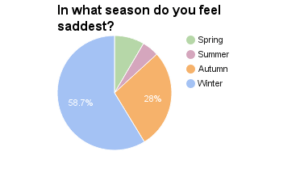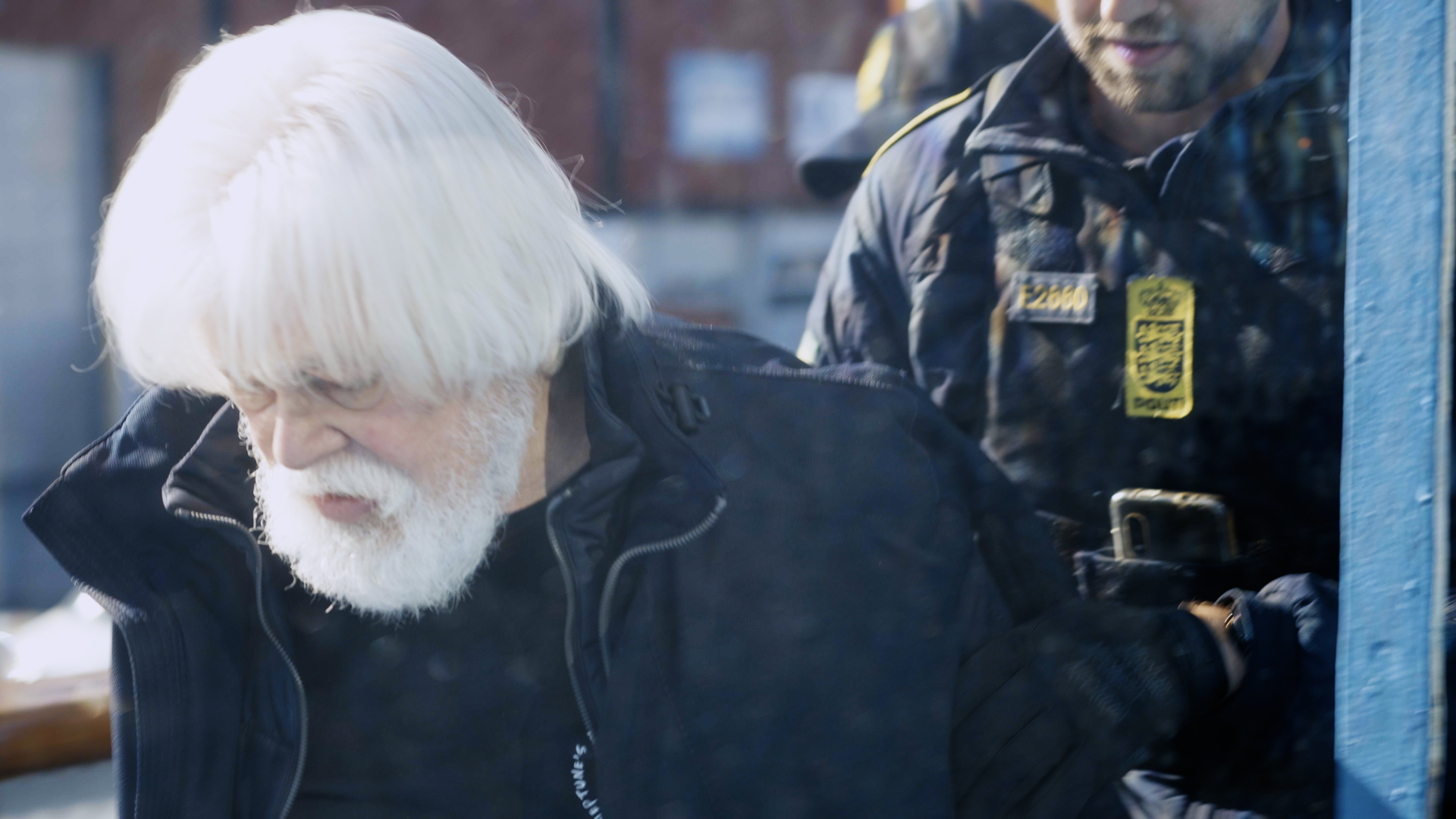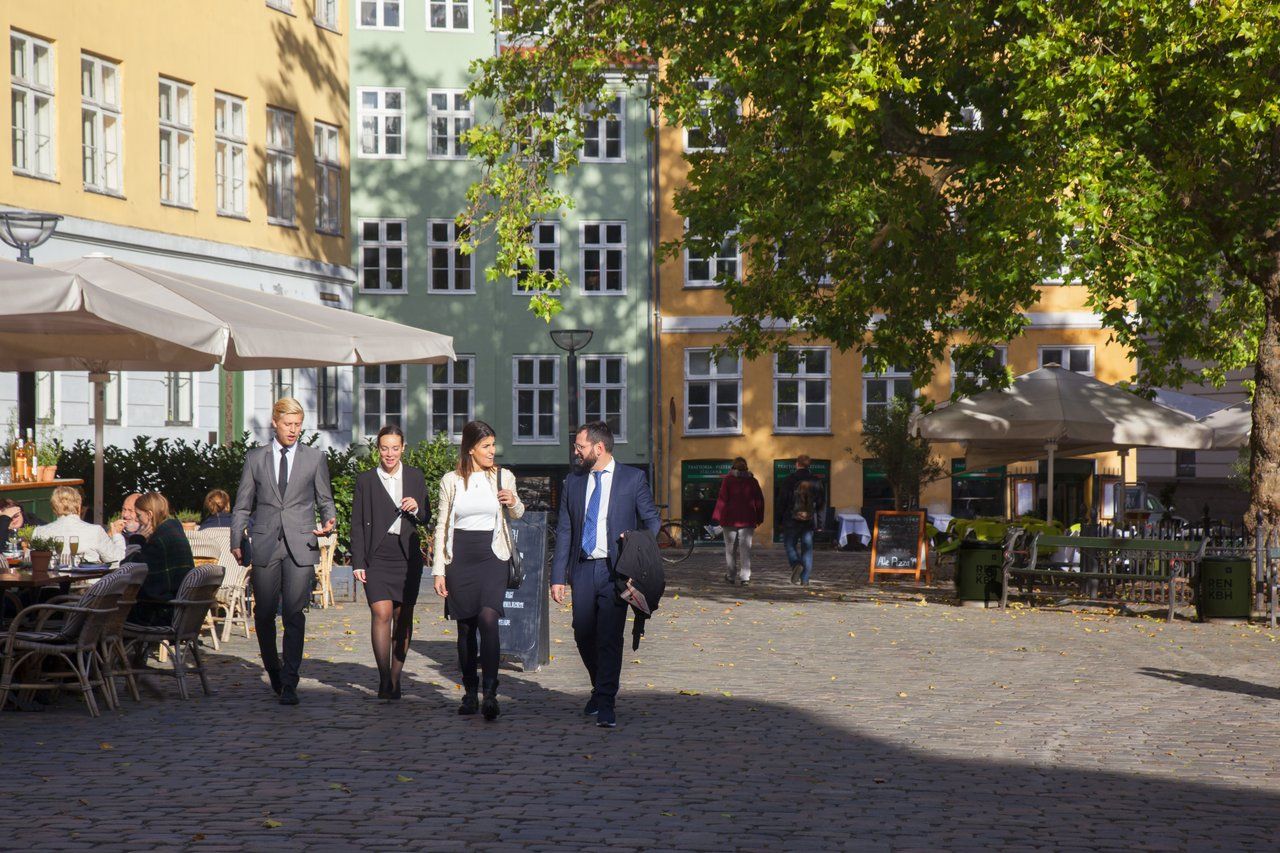The principle of Yin and Yang dictates that all things exist as inseparable and contradictory opposites: man and woman, the moon and the sun, Holmes and Moriarty, and Batman and the Joker.
And you can add the hormones melatonin and serotonin to that list. While the former makes us drowsy, the latter controls our mood and energy levels. Without sunlight we’re unable to produce serotonin and our melatonin levels go into overdrive.
This explains why people living in countries with reduced sunlight during their winters, like Denmark, are significantly more susceptible to feeling tired, lethargic and even depressed.
But don’t worry if you’ve recently moved here and been affected by any of these, as there’s plenty you can do to equalise the lack of sunlight during your winter in Denmark.
Rarely-seen visitor
Next Monday, the sun will rise at 08:07 and set at 16:40, giving us just eight hours and 33 minutes of daylight – barely a third of a solar day.
Many of us will arrive at work in the dark and travel home in it. The only sunlight we’ll see will be through our office windows.
This means that the only sunshine we’ll be exposed to will be at the weekend – if we’re extremely lucky as the average amount of sunshine in January in Denmark is one hour and nine minutes a day (December and November are even worse, although in February it will climb to nearly two hours).
Optimum SAD conditions
According to a recent report published by the British Journal of Psychology, the weather plays a role in our happiness, with warm temperatures and sunshine having “the greatest positive effect on our mood”.
In winter, with the predominance of melatonin, we are therefore vulnerable to all the tiredness and lethargy it brings with it.
“The more sunlight that enters the eye through the retina, the less melatonin is developed,” explained psychologist Peter MacFarlane, who likes to describe melatonin as the “drowsy drug” and serotonin as a “neurotransmitter that gives you more energy”.
“There’s an abundance of evidence from around the world that social support, whether from family or friends or church or work, decreases the likelihood of depression and psychological distress”
“In contrast, when the sunlight disappears, more melatonin is produced, which makes you feel sluggish throughout the day. This can have a huge impact on developing depression.”
It is generally believed that a deficit of serotonin is the main cause of Seasonal Affected Disorder (SAD), a more severe form of what is commonly referred to as the winter blues.
However, SAD can also occur due to stress and genetic predisposition – particularly if any of your relatives have suffered from depression – and it tends to be two to four times more common among women than men. In Denmark, 75 percent of those with a diagnosis are female.
In Denmark, a diagnosis tends to be based on the Major Depression Inventory Test, and the severity is determined by the Hamilton 17 Depression scale. According to official figures, 5 percent of the adult population have a SAD diagnosis.
The key symptoms
Dr Norman E Rosenthal, a world-renowned psychiatrist who has conducted extensive studies into the cause and occurrence of SAD, tells the National Institute of Mental Health in the US that there are a number of symptoms to watch out for.
Sufferers tend to be more prone to excessive eating and a lack of motivation and socialisation. They also sleep an average 150 minutes more in winter than in summer – compared to 102 minutes more among people with the winter blues and 42 minutes among the general population.
Numerous studies suggest the prevalence of SAD increases according to the distance that somebody lives from the equator. The general rule of thumb in the medical profession is that “a change in latitude brings a change in attitude”.
Rosenthal and his colleagues found that SAD only affected 1.5 percent of the population in Florida, compared to 10 percent in New Hampshire, some 15.5 degrees latitude further north.
Overall, 6 percent of the US adult population suffer from SAD (14 percent suffer from seasonal mood changes), which is higher than in Denmark, but a long way behind Norway, where 14 percent of the population are affected.
Are expats more vulnerable?
It would appear, therefore, that Danes might be less prone to seeking help for SAD than Americans. Or maybe they’ve simply been better at adapting to their dark, cold winters – and particularly more so than expats who moved to Denmark from a warmer country.
MacFarlane, who lived abroad for 25 years in the US and today owns a practice in Copenhagen, thinks so.
“I think it’s true that people who come from sunnier places have more difficulty surviving a Danish winter,” he said.
“This could be because their bodies are biologically more adjusted to sunlight, or because of the psychological effect of the lack of sunlight and the stress of having to adjust to new traditions and a new language.”
MacFarlane cautions that not everybody who feels a little tired and sad is depressed, and he advises that there are many scientifically-proven ways to combat the winter blues.
“It is really important to think about what type of treatment is best for the individual,” he said.
“The biggest things you can do right here, right now, is to get up, move around and socialise. Get out and get some fresh air – go for a walk in the sun when you have the opportunity.”
For the purpose of this article, we asked 190 people aged 12-70 in Denmark which season made them the saddest, and which weather condition made them feel the most tired
















